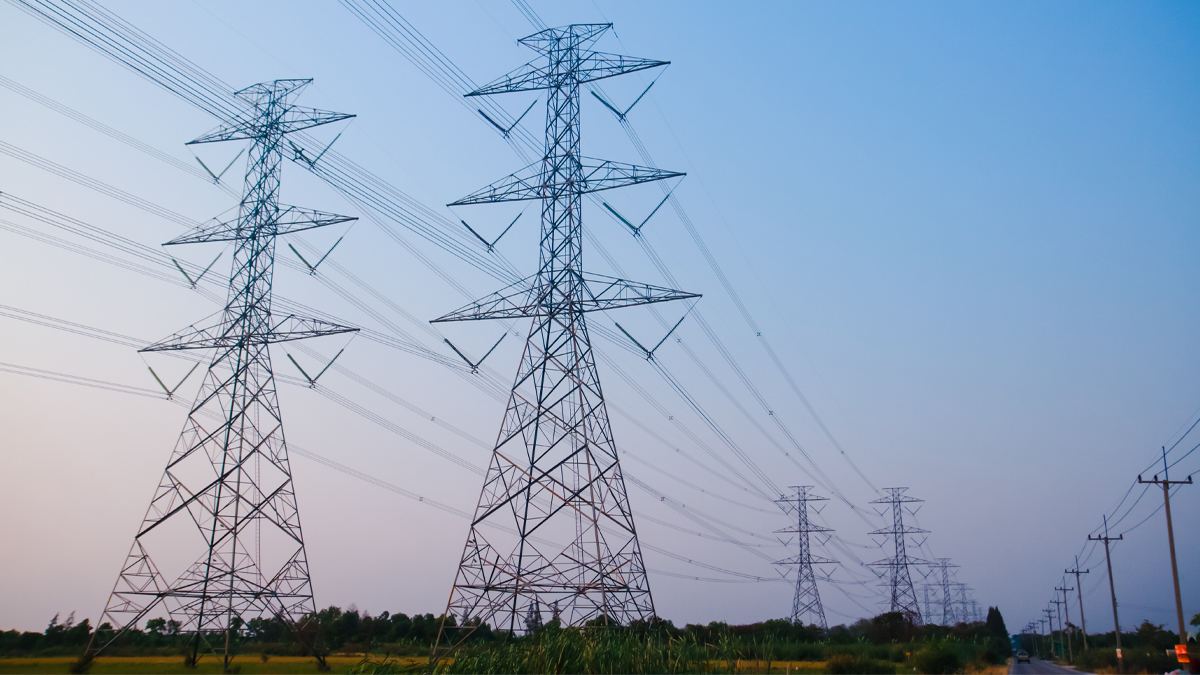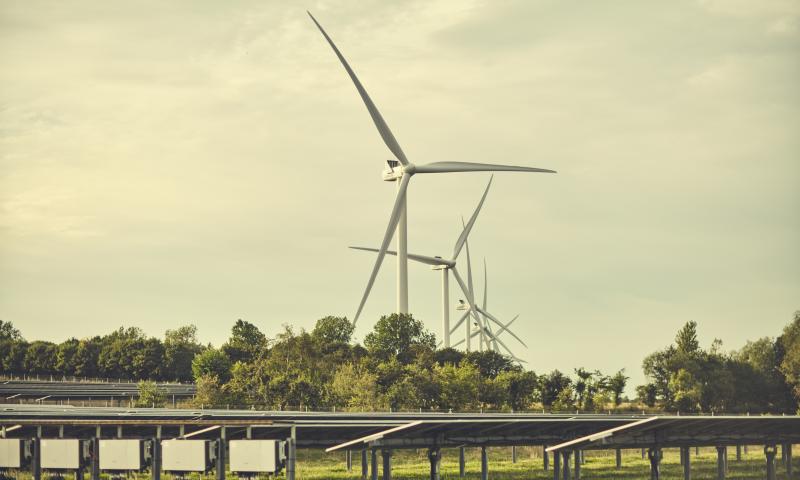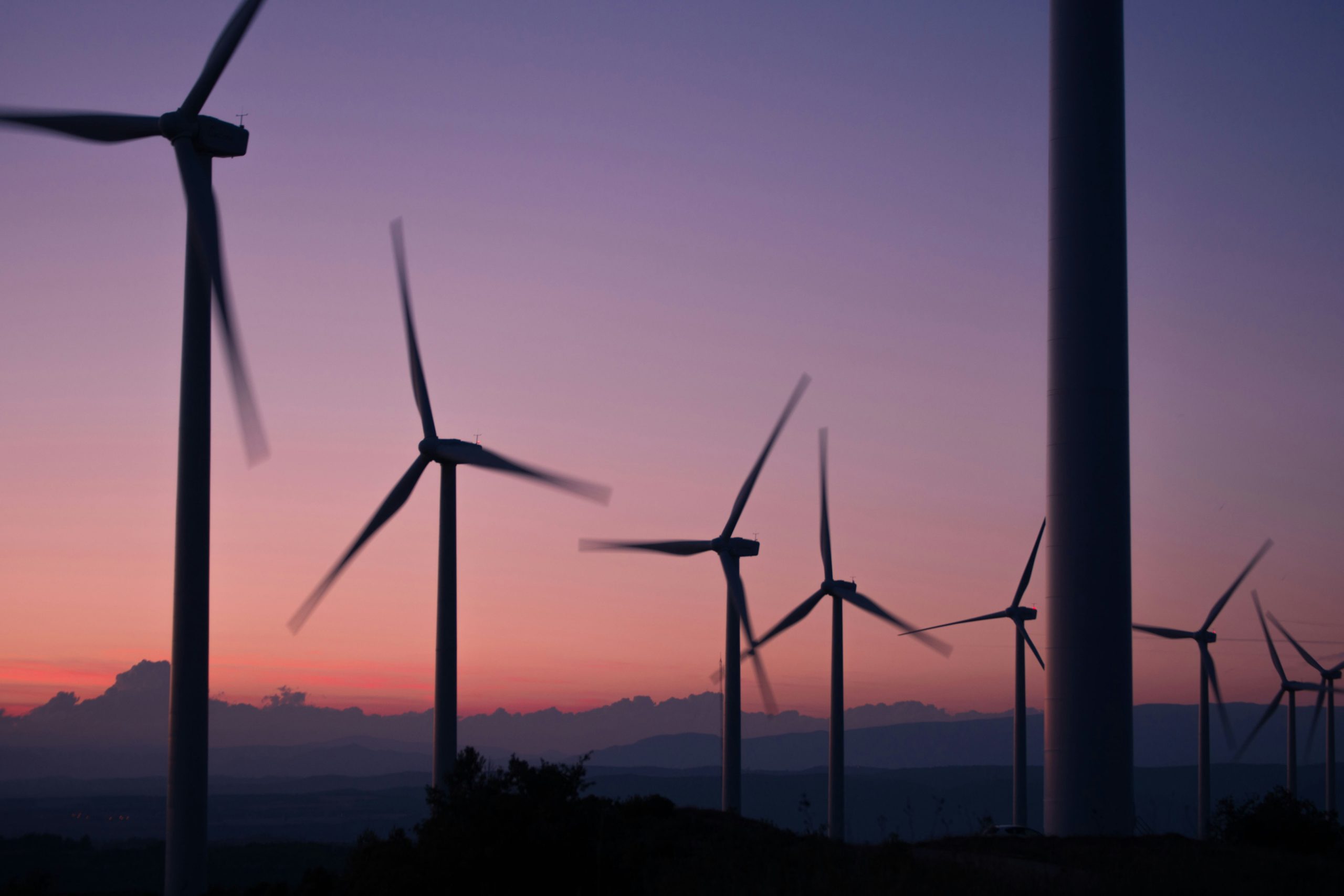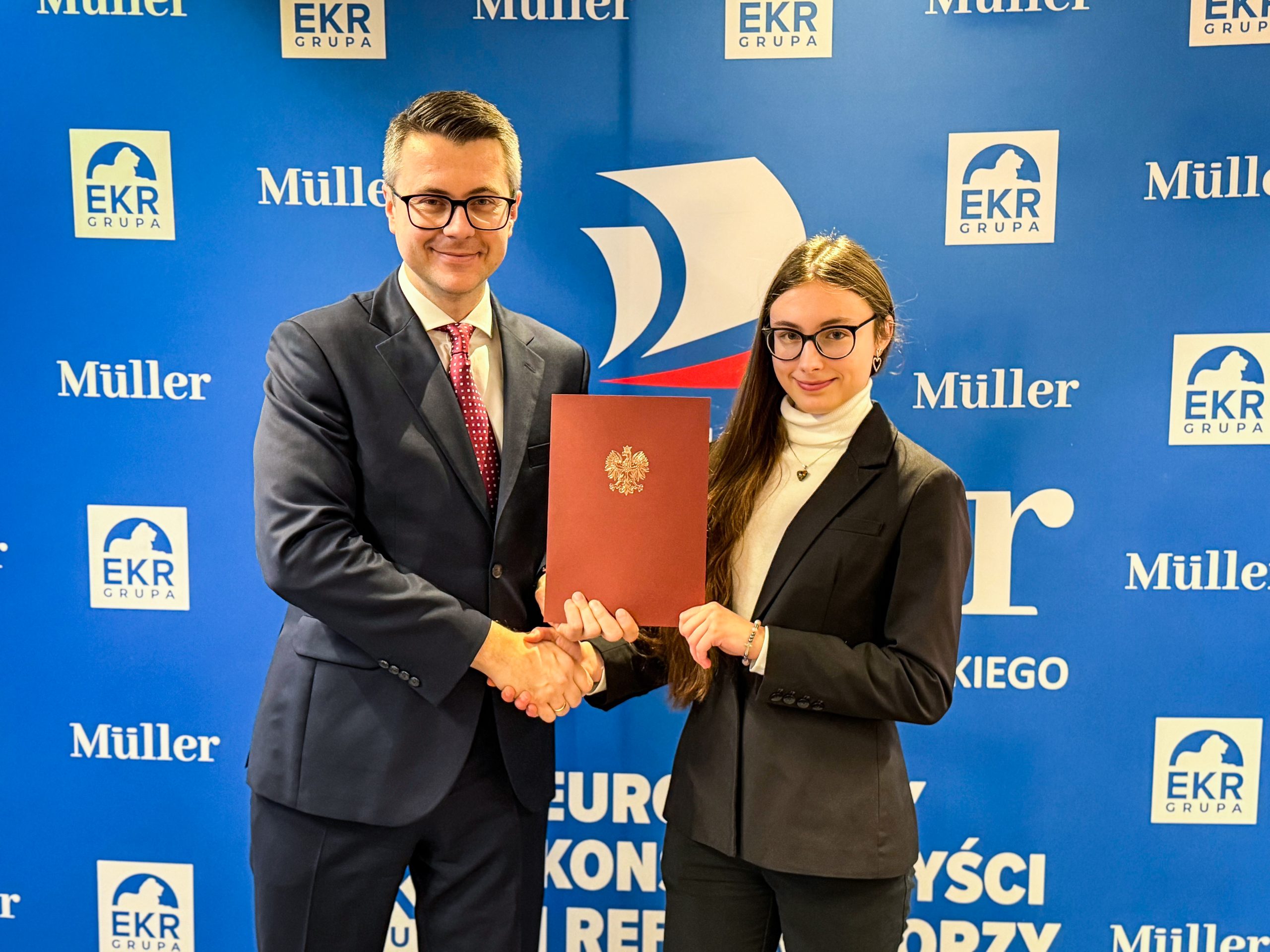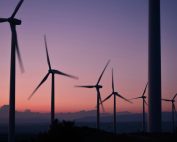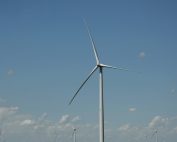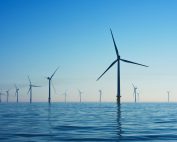We are talking to Kristian Ruby, Secretary General of Eurelectric, about the challenges facing offshore wind energy sector in Europe, in particular the Baltic Sea. He explained in an interview with BalticWind.eu that some critical obstacles must be removed for offshore wind farm network to develop at the pace planned by the EU.
Baltic Wind: How will the offshore wind investments change the power sector in Europe in the coming years?
Kristian Ruby: I expect offshore wind to be one of the major growth segments of the power sector in the 2020s. To deliver on climate neutrality by mid-century, offshore wind will need to cover a substantial share of European power generation.
BW: The European offshore RES strategy was released in October 2020. Does the strategy sufficiently address the role of offshore wind in decarbonizing Europe? Is the energy sector ready to deliver objectives of the strategy as well as of coming revision of EU legislative framework which most probably will increase obligation for Member States to cross-border cooperation on offshore wind projects, incl. one-stop-shop for permitting of cross-border offshore wind projects.
KR: I think the plans of the European Commission to establish 60 GW by 2030 and 300 GW by 2050 are very ambitious. The sector is ready to deliver, but some critical hurdles need to be removed in order for this to happen at the planned pace. Most importantly, permitting needs to speed up and then we need to see the necessary infrastructure build-out happen in parallel.
BW: The Baltic Sea has a great potential for offshore wind energy development (93 GW by 2050), being the second largest sea basin in the EU after the North Sea. What challenges in your opinion countries of the Baltic region face in the short and long-term?
KR: One major challenge for the Baltic region is how to ensure reliable electricity supply in an age of increasing carbon constraints. Several countries still rely on high-carbon assets that will struggle more and more to compete. Offshore wind offers a real opportunity for these countries as it offers high capacity factors without carbon emissions.
BW: Estonia, Lithuania and Latvia have announced their plans to invest in offshore wind. How to reconcile the interests of all countries in this basin? What role will cooperation between the eight countries of the region play here?
KR: It is a positive signal that the Baltic countries are looking to invest, but there is definitely a common interest in cooperation among all the countries in the basin. This can help coordinate tenders, harmonisation of various rule sets, ensure the infrastructure buildout as well as handling the dialogue with other sectors and stakeholders – fishermen, tourism industry, civil society groups etc. I believe a lot can be learned from the cooperation arrangements around the North Sea.
BW: Offshore wind farms development will not be possible without proper investments in grids infrastructure and transmission networks. How should the countries of the Baltic region prepare for this? How to ensure network flexibility? Are hybrid projects the future of the region?
KR: Hybrid projects are one of several avenues that must be pursued to tackle the infrastructure challenge. Coordination among the countries will be needed to do this properly. Another element in the infrastructure jigsaw puzzle will be a well-considered plan for power-2-X, i.e. ensuring that part of the resource is effectively channelled to heating systems and transformed into other vectors that can contribute to meeting the energy needs of heavy industry and transport.
Thank you




